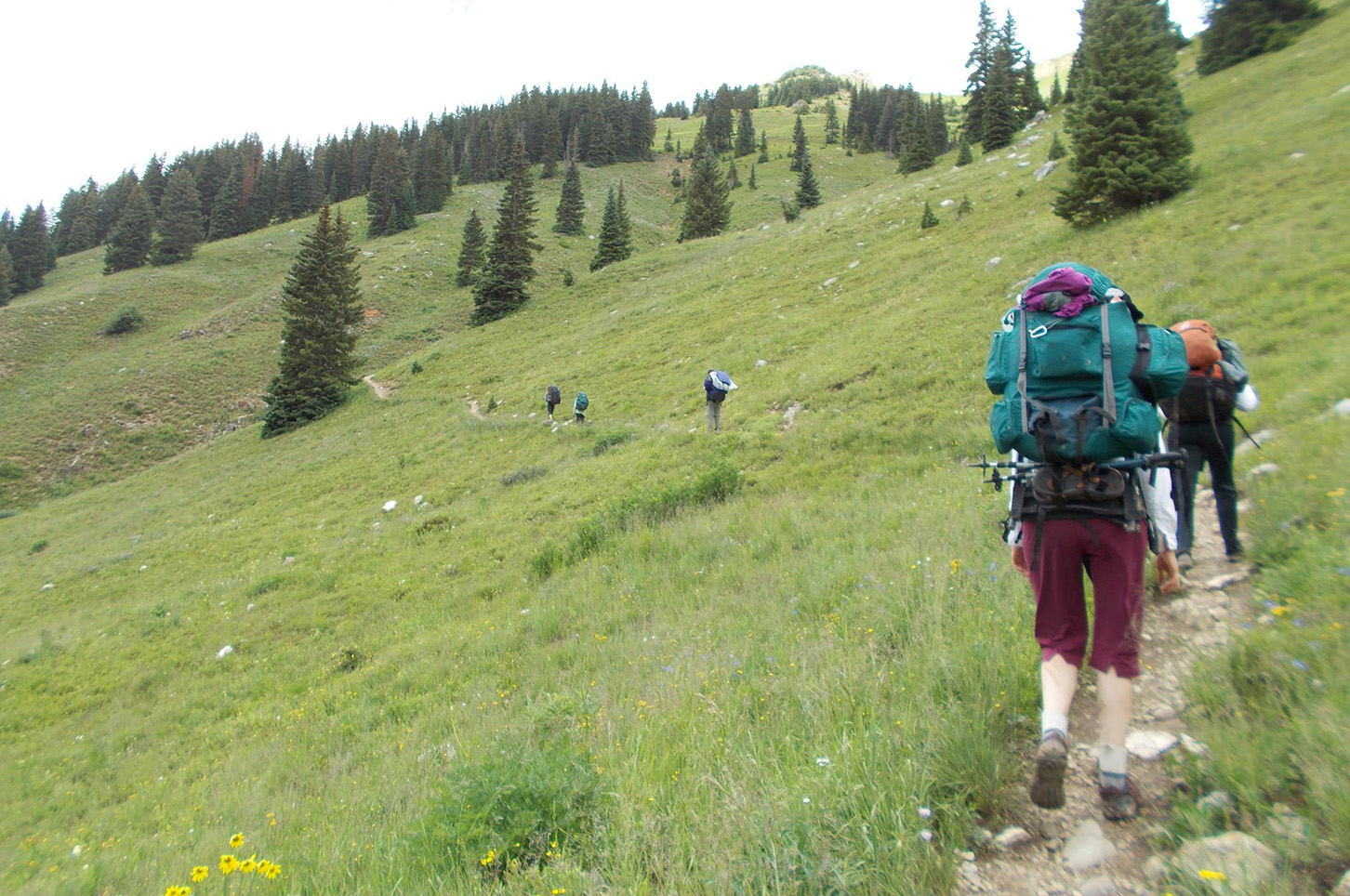
08 Mar Working with Youth
I’m finishing up writing an Amazon E-book about the two years I spent working as a trip leader for a wilderness therapy program for at risk youth. The E-book is composed of practical principles I learned or discovered in my time in the field with these teens, and plenty of stories to illustrate how I put the principles to use. Below is one of the stories/principles from the book. I hope you find it valuable with the youth in your life (and the adults too).
You can still join Mark Andreas this Saturday, March 14th, in Boulder Colorado for a 1-day Introduction to NLP Training.
Tale of the day:
If it ain’t fun, you ain’t doin’ it right!
When I started working for the Monarch Center for Family Healing, a wilderness therapy program for at risk youth, I soon discovered that “at risk,” meant teens who were alive, and their parents were worried. The kids were sent to us for many reasons—drugs, sex, anger, lying, breaking the law, gambling, stealing, running away, or sometimes just having neurotic parents. Parents had as many reasons for sending their kids as their kids had for not wanting to come. But basically, parents would send their teens to us when two things happened: their relationship with their son or daughter had deteriorated to a level where they no longer had any meaningful influence with them, and they felt their child was in some kind of danger, whether physical, psychological, or moral.
Once my boss Nick and I showed up at 5am at a teen’s home to wake her up and break the news that we were bringing her into our wilderness therapy program. Nita’s parents were worried that she might run away if they tried to take her themselves, so they requested what some of us unofficially referred to as a “kid-napping.” Nick parked outside the home, a large house in a wealthy suburb, and we got out in the early morning darkness and knocked on the door.
Nita’s parents showed Nick and I downstairs to their daughter’s room, then left us to wake her up. “Hey Nita,” Nick said. She sat up, pushing her dirty blonde hair out of her face. “Hi Nita, I’m Nick, and this is Mark. We’re here to bring you to a wilderness therapy program.”
“Oh no, seriously? Fo real? Yo, this’s gotta be a joke!” She was the whitest kid in the whitest town in Colorado, but she spoke like she was from the ‘hood. Later that day I spent 6 hours getting to know Nita as I drove her to meet up with the rest of the group in the Sand Dunes. She was into hip hop and break-dancing.
“Yo, this ain’t too unexpected,” she said on the drive.
“Well I’ve got a lot of time to answer your questions, so ask away.”
“Fo sho, fo sho,” she said, nodding her head.
Later on around the campfire I made up a rap in her honor, from one white brotha’ to his white sista.’ Between verses I beat-boxed catastrophically, and during verses I played some percussive chords on my co-instructor’s backpacker guitar to back up my rapping:
“Yo yo, yo! This is Nita’s rap! Fo-sho!
It was five in the morning I was rubbin’ my eyes,
When I woke up in my room there were two strange guys!
They told me they would take me to a place I would despise,
‘cause I was doin’ drugs, and also tellin’ lies!
It’s the Monarch Center for Family Healin’
Where we’re down with Contact and expressin’ feelin’
Forever through the rugged Rocky Mountains we will roam,
‘cause once you are among us you ain’t never goin’ home!
Awww nah… You ain’t never goin’ home!”
The kids all thought this was so hilarious (including Nita) that when I came back on shift 3-weeks later, they had taught the rap to the new kids.
Tool of the day:
How can I have fun here?
Most of the time out in the field, we were having fun. Kids like to have fun, and if you’re having fun, you’re not getting into (too much) trouble. If I gave you all the examples of the various ways we had fun, it would fill a book. The kids don’t even need to be having fun, as long as you’re having fun (never at their expense) in a way that invites them to join you if they choose. If they don’t choose to join you for the moment, you still have fun as a leader. Soon most of them will join you. People, both kids and adults, like having fun.
The ways we had fun were endless. In snow we built snow forts, in the summer we dammed the creek. Some kids got into building the most amazing latrines, complete with rocks for back-rest, seat, and arm rests. We held competitions for best creative adaptation of clothing, and fastest tent set-up. We played mind-games and riddles on the hikes, told ghost stories and jokes, and tried to give Jessie a dreadlock. We participated in the time-honored arts of “who can melt a quesadilla on a stick,” “who can hit that weird-looking tree with a rock,” and “who can blow on a coal until it gets completely red.”
So, whether you spend most of your time with youth, or with other adults, spend a week periodically asking yourself throughout the day, “How can I have fun here?” If you think you might forget to ask yourself this question, set a reminder on your phone every couple hours: Note to self, How can I have fun here? Let me know what happens.
Join Mark Andreas this Saturday, March 14th, in Boulder Colorado for a 1-day Introduction to NLP Training.


Sorry, the comment form is closed at this time.